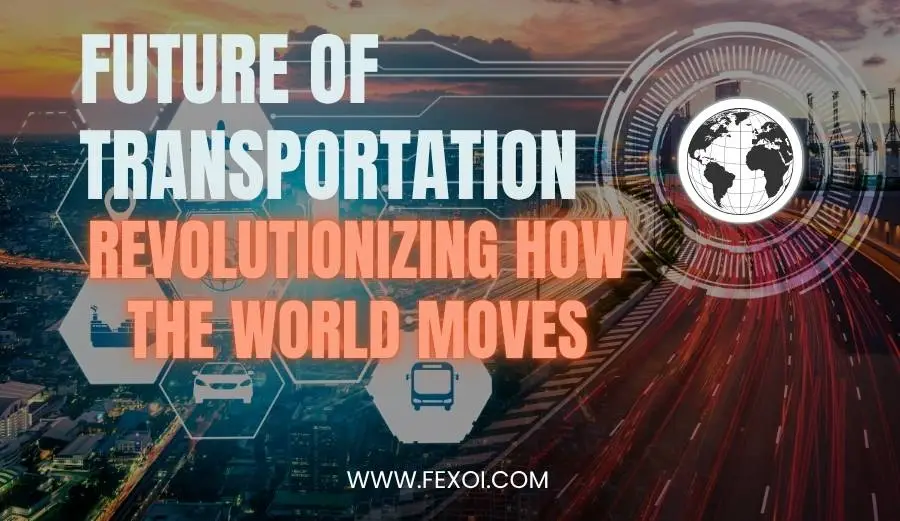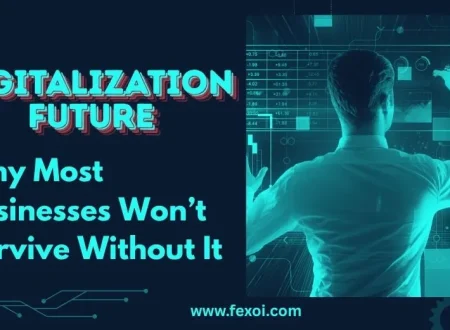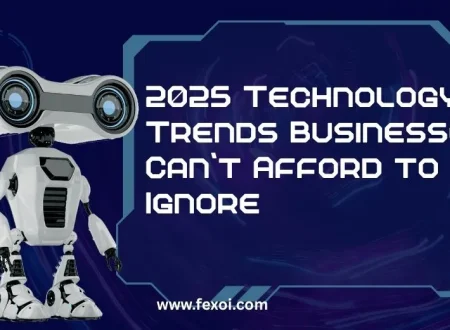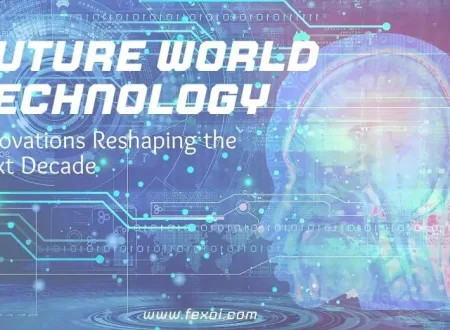As we look ahead, the future of transportation is being shaped by rapid advancements in technology, sustainability efforts, and urban development. From autonomous vehicles to hyperloop systems and flying taxis, our daily commutes and global logistics are undergoing a transformation unlike anything in the past century. This shift is driven by emerging transportation technologies that aim to make travel safer, faster, greener, and more efficient.
Future of Transportation Revolution Is Already Underway
Today’s transportation systems are evolving from traditional models toward intelligent, connected, and sustainable alternatives. Major tech companies and governments are investing billions in future of transportation technology designed to reduce traffic, cut carbon emissions, and improve accessibility.
Key Trends Leading the Change:
- Electrification: Electric vehicles (EVs) are dominating road transport.
- Autonomy: Self-driving cars and autonomous public transit systems.
- The Internet of Things (IoT) enables seamless communication between vehicles (V2V) and between vehicles and infrastructure (V2I), enhancing traffic coordination, safety, and real-time data sharing.
- Sustainability: Green fuels, smart logistics, and micro-mobility solutions.
- Urban Air Mobility (UAM): Drones and air taxis transforming city travel.
“Transportation is no longer just about getting from A to B—it’s about redefining how we live and move.” — Dr. Ellen Voigt, Urban Mobility Researcher at MIT
Emerging Transportation Technologies Reshaping Our World
Transportation is undergoing a massive transformation, driven by cutting-edge technology and the global push for sustainability. Let’s explore the most promising innovations redefining how we move, live, and connect.
1. Electric and Autonomous Vehicles (EVs and AVs)
Electric vehicles (EVs) have quickly transitioned from niche to mainstream, thanks to advancements in battery technology, extended range, and an expanding network of charging stations. Automakers such as Tesla, Rivian, Ford, and Hyundai are leading the electric revolution, producing sleek, efficient, and high-performance vehicles.
Autonomous vehicles (AVs), powered by artificial intelligence (AI), machine learning, and advanced sensors like LiDAR and radar, are also gaining momentum. Companies including Waymo, Cruise, and Baidu are testing self-driving cars on public roads, aiming to reduce accidents caused by human error and improve traffic flow.
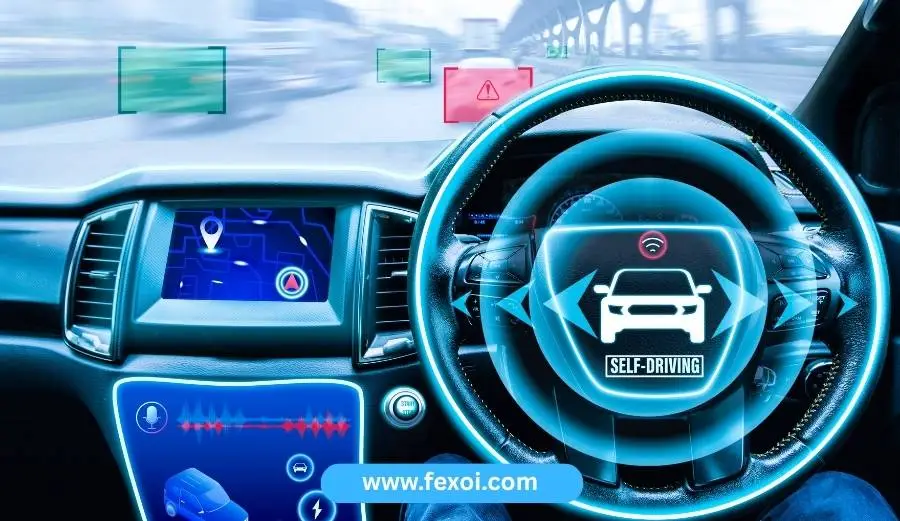
Key Benefits:
- Reduced operational and maintenance expenses thanks to simplified vehicle systems and fewer mechanical components.
- Zero tailpipe emissions, contributing to cleaner urban air
- Reduced traffic accidents through AI-based decision-making
- Enhanced mobility access for elderly or disabled individuals
2. Hyperloop Systems
The Hyperloop, a high-speed pod-in-tube concept originally introduced by Elon Musk, is being developed by companies like Virgin Hyperloop and Hardt Hyperloop. This system uses magnetic levitation and low-pressure vacuum tubes to transport passengers at airline speeds.
Highlights:
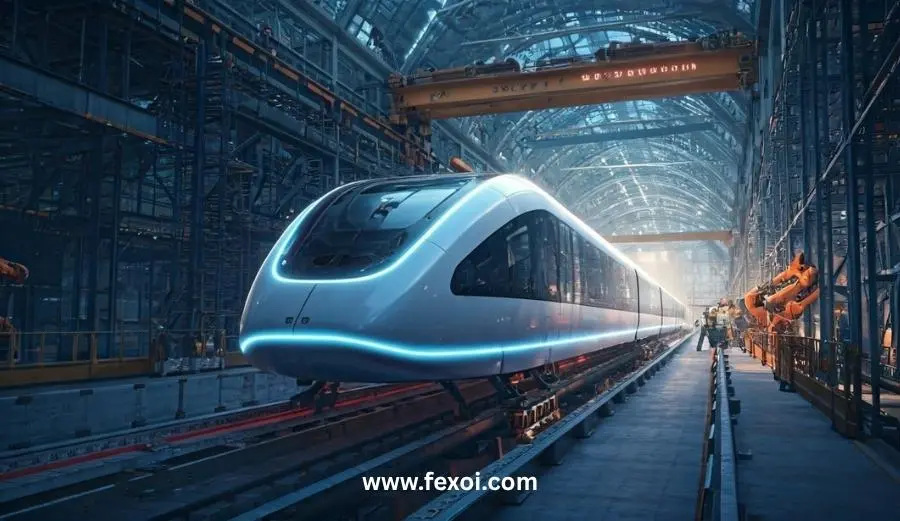
- Projected speeds exceeding 700 mph (1,100 km/h)
- Lower carbon footprint compared to air or rail travel
- Drastically reduced intercity travel time—imagine a 30-minute commute between cities hundreds of miles apart
- Potential to revitalize regional economies by improving connectivity
3. Urban Air Mobility (Flying Vehicles and Drones)
What was once confined to science fiction is now taking flight in the real world. Urban Air Mobility (UAM) involves the use of small, electric-powered aircraft—like eVTOLs (electric vertical takeoff and landing vehicles)—to move passengers and cargo across urban and suburban areas. Startups like Joby Aviation, Archer, and EHang are already conducting flight tests and working with regulators for commercial deployment.
Applications:
- Air taxis designed to soar above congested city streets, offering a faster alternative to ground traffic.
- Emergency medical services for rapid response in critical situations
- Drone delivery services for e-commerce and essential goods
These aircraft are designed to be quieter, safer, and more environmentally friendly than helicopters, making them a practical alternative for the cities of tomorrow.
4. Smart Infrastructure
Innovative transportation technologies need equally advanced infrastructure. Smart infrastructure integrates sensors, data analytics, and automation to make roads, intersections, and public transit systems more efficient and adaptive.
Core Components Include:
- Smart traffic signals that adjust in real-time to traffic conditions
- Dynamic toll pricing to manage congestion during peak hours
- Predictive maintenance systems that detect road or bridge wear before failure
- Connected intersections to support autonomous vehicle communication
Cities such as Singapore, Amsterdam, and Los Angeles are already deploying these technologies, reducing congestion, improving commuter safety, and optimizing public transit routes.
Legal and Regulatory Frameworks
Governments play a vital role in facilitating this transformation. The U.S. Department of Transportation (USDOT) and National Highway Traffic Safety Administration (NHTSA) are drafting new rules to manage:
- AV safety standards
- EV infrastructure rollouts
- Drone airspace regulations
According to Statista, EV sales in the U.S. surpassed 1.2 million units in 2023, a 49% increase from the previous year—indicating rising consumer trust in new transportation technology. Similarly, multiple countries in the EU are creating regulatory sandboxes that allow companies to test AVs in real-world conditions while ensuring safety and transparency. In China, national and regional governments are actively funding and regulating the integration of intelligent traffic systems and smart city projects.
Another key area under regulatory development is data privacy and cybersecurity. With autonomous and connected vehicles collecting vast amounts of data, new legislation is emerging to ensure consumer protection, secure data storage, and ethical AI use. Furthermore, intergovernmental collaboration is growing, with international aviation authorities forming consensus on drone traffic management systems and eVTOL airspace corridors.
Future of Transportation Ideas to Watch
Here are several innovative concepts gaining traction:
- Maglev Trains: Magnetic levitation trains already operate in Japan and China, offering frictionless, high-speed travel. These trains reduce noise pollution and maintenance costs, reaching speeds of up to 374 mph.
- Underground Transit Tunnels: The Boring Company’s loop system aims to ease surface-level congestion. These tunnels, designed for autonomous electric shuttles, are being tested in Las Vegas and could revolutionize urban commuting.
- Mobility-as-a-Service (MaaS): MaaS platforms allow users to plan, book, and pay for various transport services—bike shares, buses, taxis, and trains—via a single app. It’s transforming cities into seamless, integrated mobility ecosystems.
- Hydrogen-Powered Buses: Clean-burning hydrogen is gaining interest as an alternative to fossil fuels. Cities like Tokyo and Cologne have rolled out hydrogen bus fleets that produce only water vapor as exhaust.
- Connected Vehicle Ecosystems: Vehicle-to-everything (V2X) communication enables cars to talk to other vehicles, infrastructure, and pedestrians. This innovation can prevent accidents and enhance traffic flow.
- Personal Rapid Transit (PRT): Small automated pods running on dedicated guideways offer on-demand service with minimal wait times. Some airports and business parks already use PRT systems.
Real-World Examples of Futuristic Transportation
- Dubai is testing autonomous air taxis with a vision to integrate them into their public transport by 2030. The Roads and Transport Authority (RTA) is working with global aviation tech firms to meet their timeline.
- Los Angeles plans to develop the Hyperloop between LA and San Francisco, cutting travel to under 30 minutes. Feasibility studies and test tracks are underway with funding from both public and private sectors.
- Helsinki, Finland, already runs a MaaS platform called Whim, where users can plan and pay for all travel modes in one app. This concept has reduced private car use and increased public transport adoption.
- Singapore is integrating AI-driven predictive maintenance in its public rail system, reducing downtime and improving commuter experience.
- China’s Guangzhou Baiyun Airport is trialing autonomous luggage carts and shuttle buses to streamline passenger movement and improve operational efficiency.
The Role of AI and Big Data in Future of Transportation
Artificial intelligence (AI) is at the heart of many new transportation innovations:
- Route optimization in real-time
- Predictive traffic patterning
- Maintenance forecasts using big data analytics
For example, AI algorithms used by companies like Waymo help self-driving cars recognize pedestrians, interpret signage, and react to traffic conditions.
Challenges Ahead
Despite the momentum, several roadblocks need to be addressed:
- Public Trust: Concerns around privacy and safety in autonomous systems
- Regulations: Standardizing rules across states and countries
- Infrastructure Gaps: Costly upgrades needed for roads, charging stations, and aerial landing pads
- Affordability: High upfront cost of some future of transportation vehicles
FAQs
What are some futuristic transportation technologies?
Some of the most promising technologies include autonomous vehicles, Hyperloop systems, eVTOL air taxis, smart traffic infrastructure, and hydrogen-powered transit options.
Will flying cars be real in the future?
Yes. Companies like Joby Aviation and EHang are already testing flying cars and air taxis, with potential for commercial launch within this decade, pending regulatory approvals.
How safe are autonomous vehicles?
Current data shows AVs can reduce human-error-related accidents. However, safety depends on continued testing, regulatory oversight, and technological refinement.
What is the environmental impact of future transportation?
With a focus on electric power, hydrogen fuel, and carbon-neutral solutions, the environmental impact is expected to be significantly lower than traditional transportation.
Conclusion
The future of transportation is not a distant dream it’s already here, evolving rapidly before our eyes. Whether it’s cleaner electric vehicles, faster hyperloop trains, or intelligent flying taxis, the way we move is being redefined. As governments and industries align to support innovation, the next decade will be critical in making future of transportation ideas a global reality.
Ready to experience the future? Stay informed, explore new mobility options, and be part of the shift toward smarter travel.


